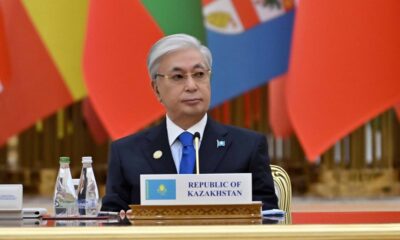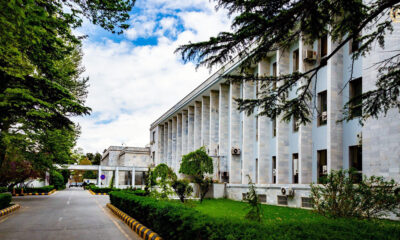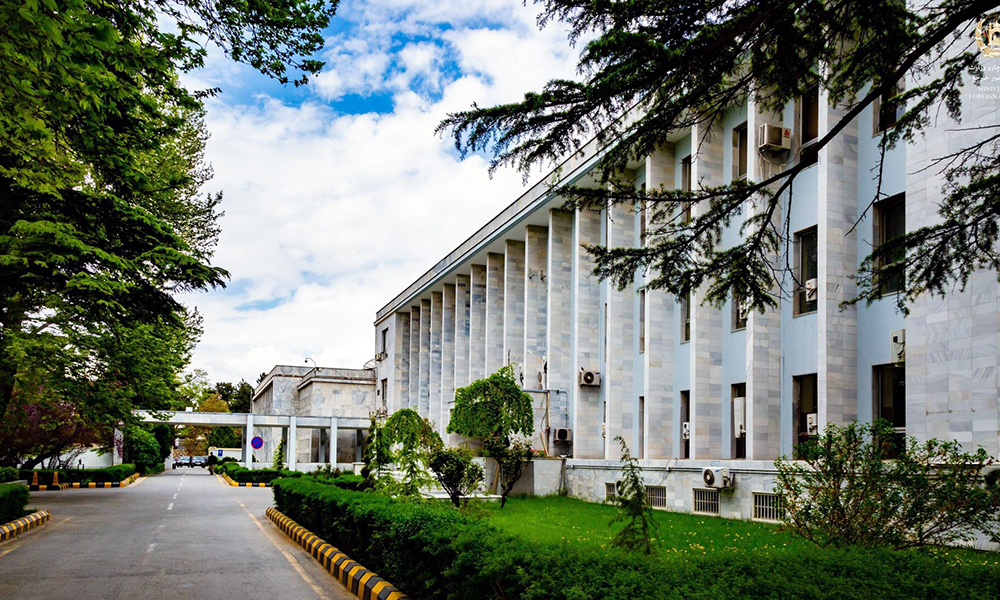Latest News
Afghanistan’s contracted economy faces uncertainty: World Bank
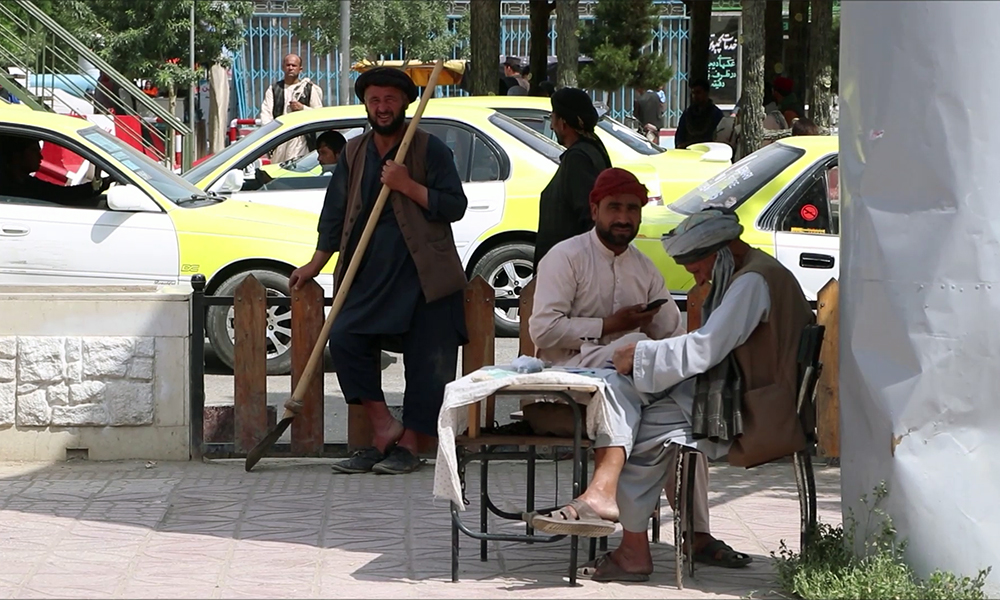
The Afghan economy is expected to hover around no-growth territory this year, amid uncertainty after contracting by 25% since August 2021, while Islamic Emirate of Afghanistan’s (IEA) restrictive policies on women’s education and work will further lower the country’s growth prospects, says the World Bank in a report released Tuesday.
The report titled Uncertainty After Fleeting Stability, shows how Afghanistan’s economic downturn has affected all sectors. Services, which make up 45% of the country’s GDP, shrank by 6.5% last year, following a staggering 30% drop in 2021. The agriculture sector, which accounts for 36% of GDP, declined by 6.6% in 2022 due to unfavorable weather conditions and farmers’ lack of resources to cope.
The industrial sector also saw a contraction of 5.7% last year, as businesses—especially those owned by women—faced closures due to limited access to resources and financial challenges. Following a record high in 2022, exports have been declining this year while imports remain robust, resulting in a growing trade deficit, the World Bank said.
Dampened demand, better supply conditions, and a stronger currency caused inflation to sharply decline from its 18.3% peak last July, leading to deflation since April 2023. Although deflation may initially increase real wages, prolonged deflation could stifle business growth and increase unemployment, the bank warned.
A potential reduction in international aid due to fiscal pressures in donor countries and the restrictive policies on women and girls pose risks to Afghanistan’s recovery, as do concerns about stability of the banking sector and dysfunctional payments system, the report said.
“Afghanistan’s economy is fragile, relies heavily on external support and its private sector is weak,” said Melinda Good, World Bank Country Director for Afghanistan. “To recover, the country needs to prioritize spending on human capital, basic services and climate resilience and address harmful gender policies.”
According to the World Bank’s latest Afghanistan Welfare Monitoring Survey, also released Tuesday,one in two Afghans remain poor and recent gains in welfare have come at the cost of possibly exhausting all coping strategies and household resources.
Since the economic crash of 2021, households report an improvement in their capacity to meet basic needs, but deprivation and vulnerability remain high. Afghan households have mobilized extra labor to make ends meet, mainly among youth and women. The overall increase in labor supply has outpaced demand, doubling unemployment.
While improved security has increased primary school attendance and narrowed gender and rural-urban gaps, millions of primary-school-age girls and boys remain out of school mainly due to a lack of access. Since the ban on female secondary school attendance was imposed, only 3% of girls attend secondary school. Among boys aged 13-18, only 44% are receiving a secondary education, World Bank said.
“Afghanistan’s future growth potential hinges on improving human capital. What is happening to secondary education is a cause of grave concern,” added Good. “Almost no girls and less than half of the country’s boys are getting a secondary education. Where will the teachers and doctors of tomorrow come from? A country cannot grow if it willingly foregoes the potential of its citizens.”
Latest News
Continued aid to Afghanistan vital for regional security: Kazakh president
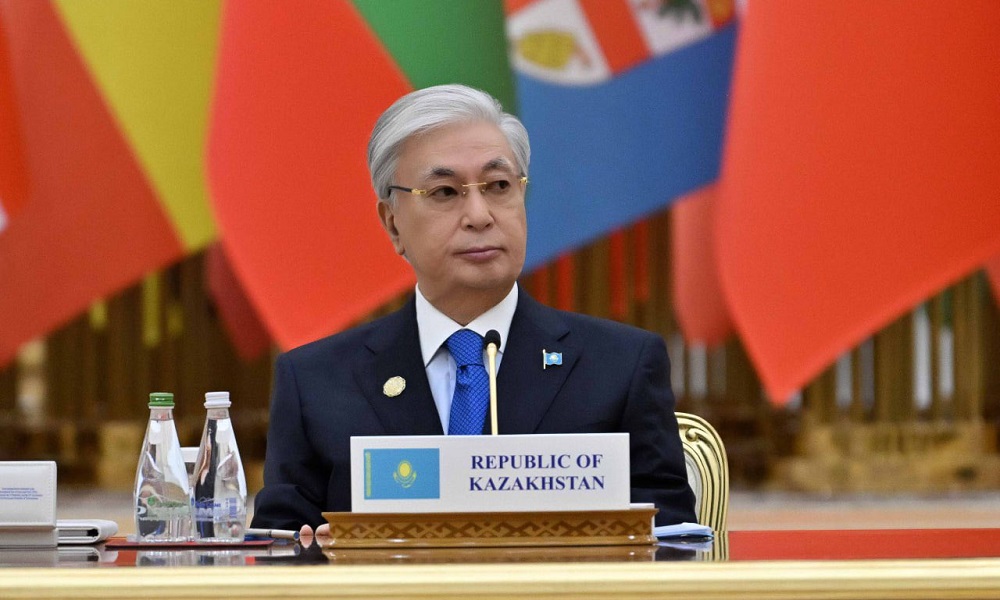
Kazakhstan’s President Kassym-Jomart Tokayev has emphasized the continuation of humanitarian assistance to Afghanistan, stating that the ongoing provision of such aid plays an important role in ensuring regional security.
Speaking at the international conference “Peace and Trust” in Ashgabat, the capital of Turkmenistan, Tokayev described addressing complex humanitarian challenges and the reconstruction of Afghanistan as a necessity.
“To ensure regional security, we consider it essential to continue providing assistance to Afghanistan, including by strengthening international efforts to address complex humanitarian issues and the reconstruction of this country. Kazakhstan remains committed to supporting the people of Afghanistan through humanitarian aid, educational projects, trade development, and food security initiatives,” he said.
Meanwhile, experts believe that sustainable improvement of the humanitarian situation in Afghanistan requires broad cooperation from the international community and support for the country’s economic development.
“Investment can be defined as one of the fundamental drivers of the economic cycle, and whenever Afghan traders do not take their money out of the country and instead invest domestically, it naturally leads to greater growth and dynamism in Afghanistan’s economy,” said Abdul Zahoor Modabber, an economic analyst.
As the humanitarian crisis in Afghanistan continues, reports by international relief organizations indicate that millions of citizens of the country are in urgent need of food, health, and livelihood assistance.
The reduction in funding for aid organizations, the impacts of climate change, and the return of migrants have increased concerns about a further deterioration of the humanitarian situation in the country.
Latest News
Islamic Emirate declines to attend Tehran meeting on Afghanistan
Latest News
Sirajuddin Haqqani: A government that intimidates its people is not a true government
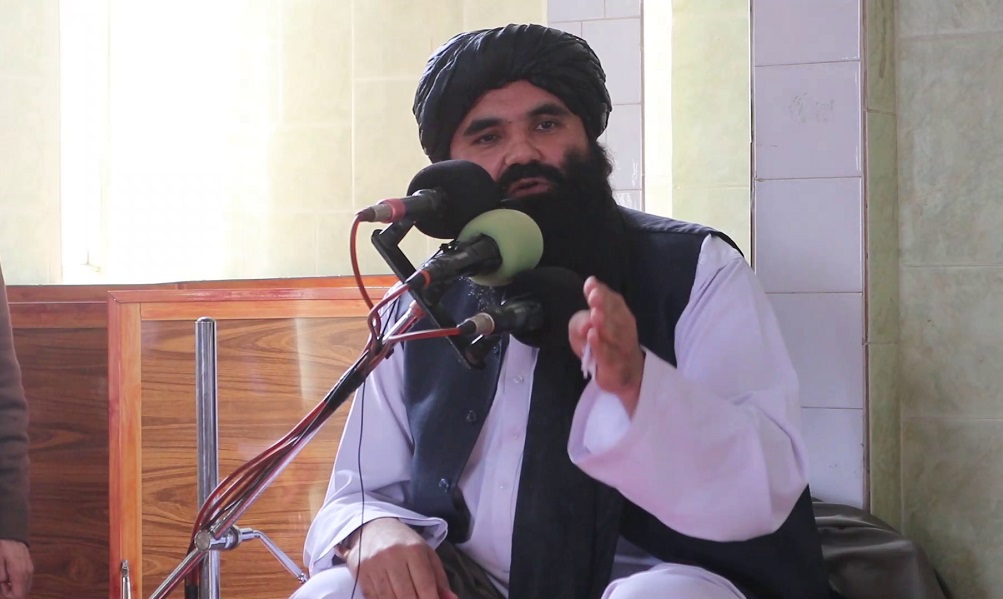
Khalifa Sirajuddin Haqqani, Minister of Interior of the Islamic Emirate of Afghanistan, said during a visit to Khost province on Friday that any government which rules through fear cannot be considered a true government.
“A government is one that is loved by its people, one that serves them with respect and compassion, and from whose behavior people learn ethics and sincerity,” he said.
Haqqani also stressed that Afghans who opposed the Islamic Emirate in the past should be tolerated and treated in a way that helps eliminate hostility and animosity, paving the way for national cohesion.
-

 Latest News2 days ago
Latest News2 days agoMuttaqi: Afghanistan’s progress requires both religious and modern education
-

 Sport4 days ago
Sport4 days agoILT20: Desert Vipers edge Gulf Giants in historic super over thriller
-

 Regional4 days ago
Regional4 days agoSix Pakistani soldiers killed in TTP attack in Kurram District
-
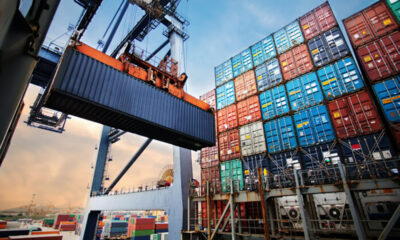
 Business4 days ago
Business4 days agoTrade bodies warn almost 11,000 Afghan transit containers stuck at Karachi port
-

 World4 days ago
World4 days agoPowerful 7.6 earthquake hits northern Japan, tsunami warnings issued
-

 Latest News3 days ago
Latest News3 days agoTrump calls Afghanistan a ‘hellhole’ country as US expands immigration restrictions
-

 Sport5 days ago
Sport5 days agoSorkh Poshan Khafi defeats Sarsabz Yashlar 4-0 in Afghanistan Champions League
-

 Sport3 days ago
Sport3 days agoCommanding wins for Arman FC and Sarsabz Yashlar in Afghanistan Champions League


